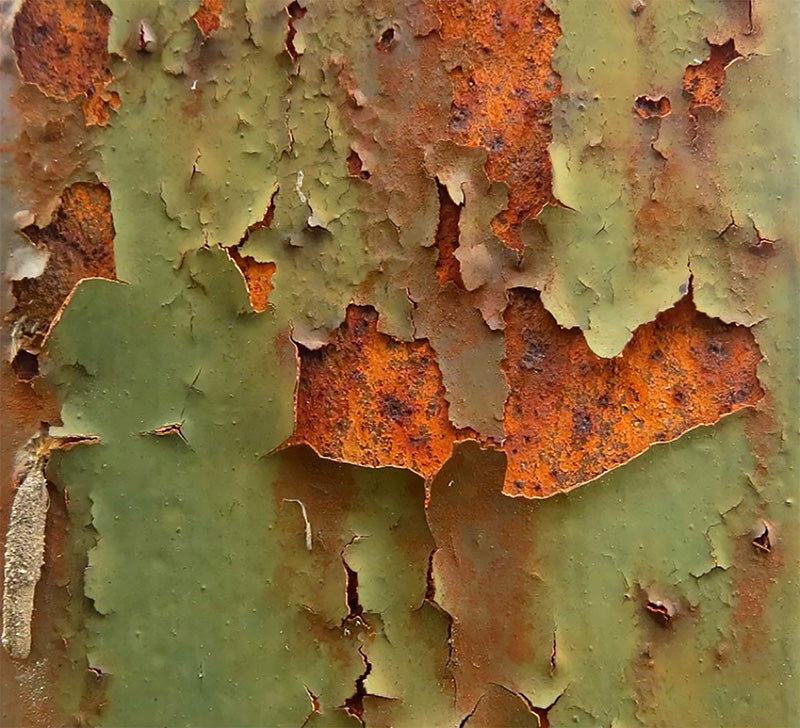
Mechanical & Chemical
Corrosion
Corrosion occurs under the correct environmental conditions, and usually involves the metal substrate, salts and moisture in the presence of oxygen. Corrosion will cause the delamination of the coating, usually first apparent as blistering of the coating or filiform corrosion.
Processing Issues
Parts are rusting on line between chemical pre-treatment and powder coating. Sometimes referred to as 'flash rusting'.
-
Solution
Test all stages in the preparation process. In particular, test whether the phosphate coating weight is too low or high; check that there is enough detergent to remove the oils from the manufacturing process; inspect rinse tanks and ensure they are clean and not depositing oils after the chemical cleaning stage – also check that chemicals from the first stage are not being carried over into the rinse tank; inspect the spray nozzles – ensure that they haven’t been knocked by parts travelling through the cleaning process and that they are clean and adjusted for maximum spray force and coverage. Check that parts are hung and orientated to achieve maximum coverage. If in doubt, contact your pre-treatment supplier.
In situ
Parts are rusting prematurely in situ.
-
Potential Cause
The most likely cause is poor pre-treatment application or a poor choice of preparation for the substrate. It is important that the correct system of preparation is chosen before powder coating application, taking into account the substrate and the conditions that the coated piece will be exposed to. Each substrate will have its own particular pre-treatment system – there is no ‘one size fits all’ solution to chemical pre-treatment and surface preparation in general. Environments are classified in ISO 12944-2 from C1 to C5 (lowest to highest corrosive environment)
-
Solution
On-site rectification or replacement of coated parts. To prevent recurrence, use a more appropriate system of preparation to ensure the best key of powder coating to the surface. Make engineering steps to eliminate areas that cannot be painted, or that will trap pooled water. Take precautions to avoid or remove sharp corners and edges where coating weight will be very low. Consider using a two-coat system to build film weight around the corners. For very aggressive environments, ensure that even non-significant, or hidden, surfaces are coated. If in doubt, test the preparation method using a salt fog cabinet.